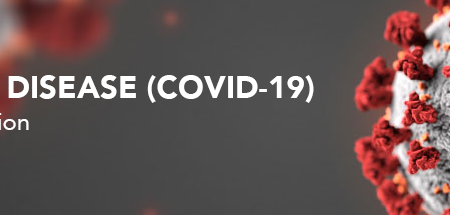HEDIS Spotlight: Well-child and well-care visits
HEDIS stands for Healthcare Effectiveness Data and Information Set. It is a widely used set of performance measures utilized by the nation’s health plans, and an essential tool to ensure our members are getting the best healthcare possible. It is extremely important that our providers understand the HEDIS® specifications and guidelines. In this section of The Checkup we will highlight different HEDIS metrics. We will provide a description of the measures, the correct billing codes to support services rendered, and tips to direct you to available resources and tools.
MEASURE: Well-Child Visits in the First 15 Months of Life
MEASURE DESCRIPTION: Measures the percentage of children who turned 15 months old and had six or more well-child visits with a PCP during their first 15 months of life.
CODING:
Codes to identify well-child visits
CPT codes: 99381, 99382, 99391, 99392
ICD-10: Z00.100, Z00.111, Z00.121, Z00.123, Z00.5, Z00.8, V02.79, Z02.81- Z02.83, Z02.89, Z02.9
MEASURE: Well-Child Visits in the Third, Fourth, Fifth and Sixth Years of Life
MEASURE DESCRIPTION: Measures the percentage of children between ages 3-6 years who had one well-child visit during the calendar year.
CODING:
Codes to identify well-child visits
CPT codes: 99382, 99383, 99392, 99393
ICD-10: Z00.7-71, Z00.8, Z700.12, Z700.121, Z700.129
MEASURE: Adolescent Well-Care Visit
MEASURE DESCRIPTION: Measures the percentage of and young adults between ages 12-21 years who had one comprehensive well visit with a PCP or OB/GYN during the calendar year.
CODING:
Codes to identify well-child visits
CPT codes: 99383, 99384, 99385, 99393, 99394, 99395
ICD-10: Z700.3, Z70-0.7-71, Z00.8, Z700.12, Z700.121, Z700.129
TIPS:
- To count as a well-child visit, documentation in the medical record must include a note indicating a visit with a primary care physician, the date the well-child visit occurred, and evidence of all of the following:
- A health and developmental history (physical and mental)
- A physical exam
- Health education/anticipatory guidance
- Don’t miss an opportunity to provide well-child care during any office visit.
- Providers often see patients multiple times during the year, not always for preventive care. When children are seen in the office for acute care visits, take the opportunity to provide and document preventive care at the same visit. The claim will require a work-up of additional diagnoses to support a separate and significant service on the same day by the same physician. Submit the preventive services with the E&M services and a 25 modifier for additional reimbursement
- Make daycare, school, or camp physicals into well-child visits by completing necessary documentation and submitting appropriate billing codes.
- When members are calling in for acute visits, review their chart for missed services and schedule a preventive service in place of the acute visit to ensure the member receives the entire care
- TCHP will reimburse you for one well child visit per calendar year for children three years and older. You do not need to wait 12 months between the visits. Remember, infants up to 15 months need at LEAST six well child visits.
- Be proactive: actively pursue missed appointments with letters and reminder calls. Reminder calls made later in the day or early evening may result in more contacts being made to the members.
- Utilize alerts in the EMR system or utilize member lists for outreach to members in need of preventive services.
- Educate your patients about the importance of well child visits, starting at the newborn visit.






Leave a Reply
You must be logged in to post a comment.